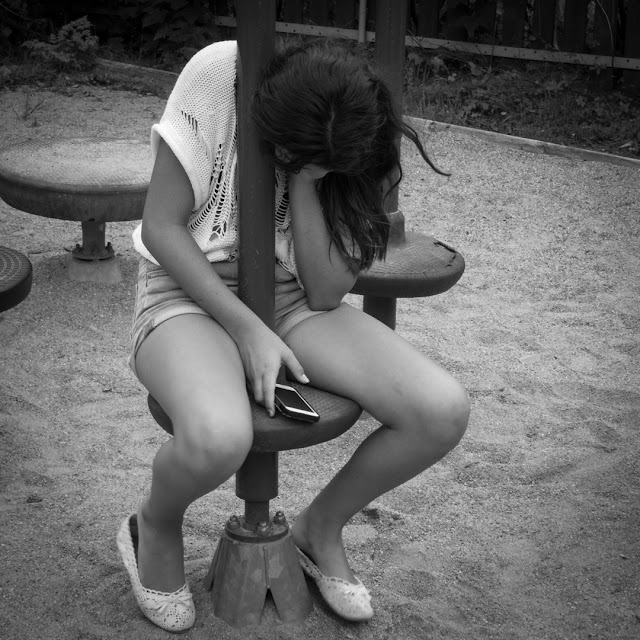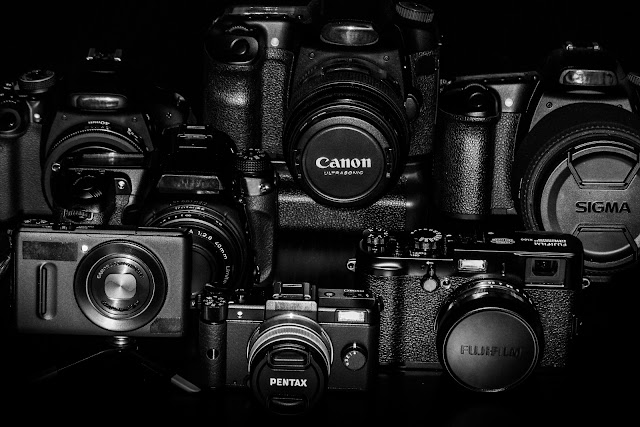So December is passing by outside my window. I
have been very busy working the last couple of months and I am really in the
need of some vacation time. The stock market is usually quite unstable around Christmas
and New Year so it is a good time to take some time off. But the big question
of the month is; where is the winter?? It is autumn here in Stockholm with
temperatures being around 5-7 degrees Celsius most of the time. The forecast tells
us that it will continue to be warm weather here in Stockholm for at least the
coming ten days. So if we finally get some winter, it will be very short.
But I am not complaining, I love the summer
(and even spring and autumn), but my favourite winter is the short one (even if
the last years 5 months of winter had its charm). Sure you can get some very
nice photos during the winter time, but after you have gotten these shots it’s
just a waiting game for the spring to arrive. I am not a big fan of doing
street shooting during the winter, it is cold, and handling the camera with
gloves is not really something I want to do. If I do street work during the
winter it will be done with a DSLR or a bigger camera with a decent grip. So
don’t expect allot of street photos in the blog until the end of February.
Instead I will put up some of my recent landscape work from where I live,
Farsta strand.
I will do a proper summary of the year in my
next post, but 2013 was the year when I found my way back to shooting with a
film camera again, after 9 years of pure digital work. Hopefully I can present
some of this work on the blog in a future post; I need to find a solution to
scan the images though, as I haven’t been able to get my scanner to work with
my latest computer (driver compatibility issue).
I have some subjects that I will discuss on the
blog in the coming posts, stuff that was planned for last summer, but that I
did not have the time to go through. Some of these topics are:
- Techniques
- Where and when to shoot?
- What to shoot?
- Ethics
- Gear (Leica, Fuji, DSLR, digital or film)
Please leave your comments below! What do you want to see on the blog in 2014.
So finally I just want to wish you all
A Merry Christmas and a Happy New Year!!
Sunset at lake Magelungen, Farsta strand, Sweden (200 meters from my house), Fujifilm X-100
View towards southeast. Fujifilm X-100



















































